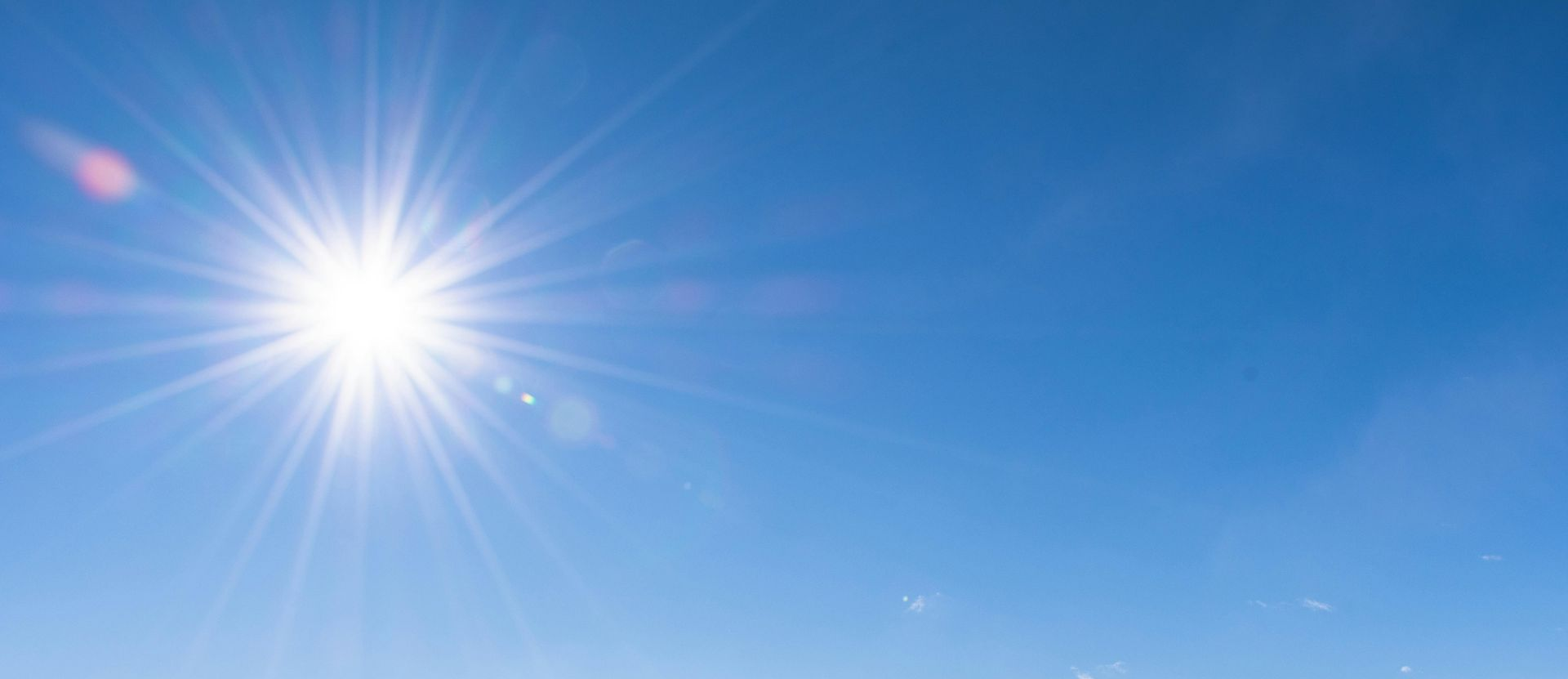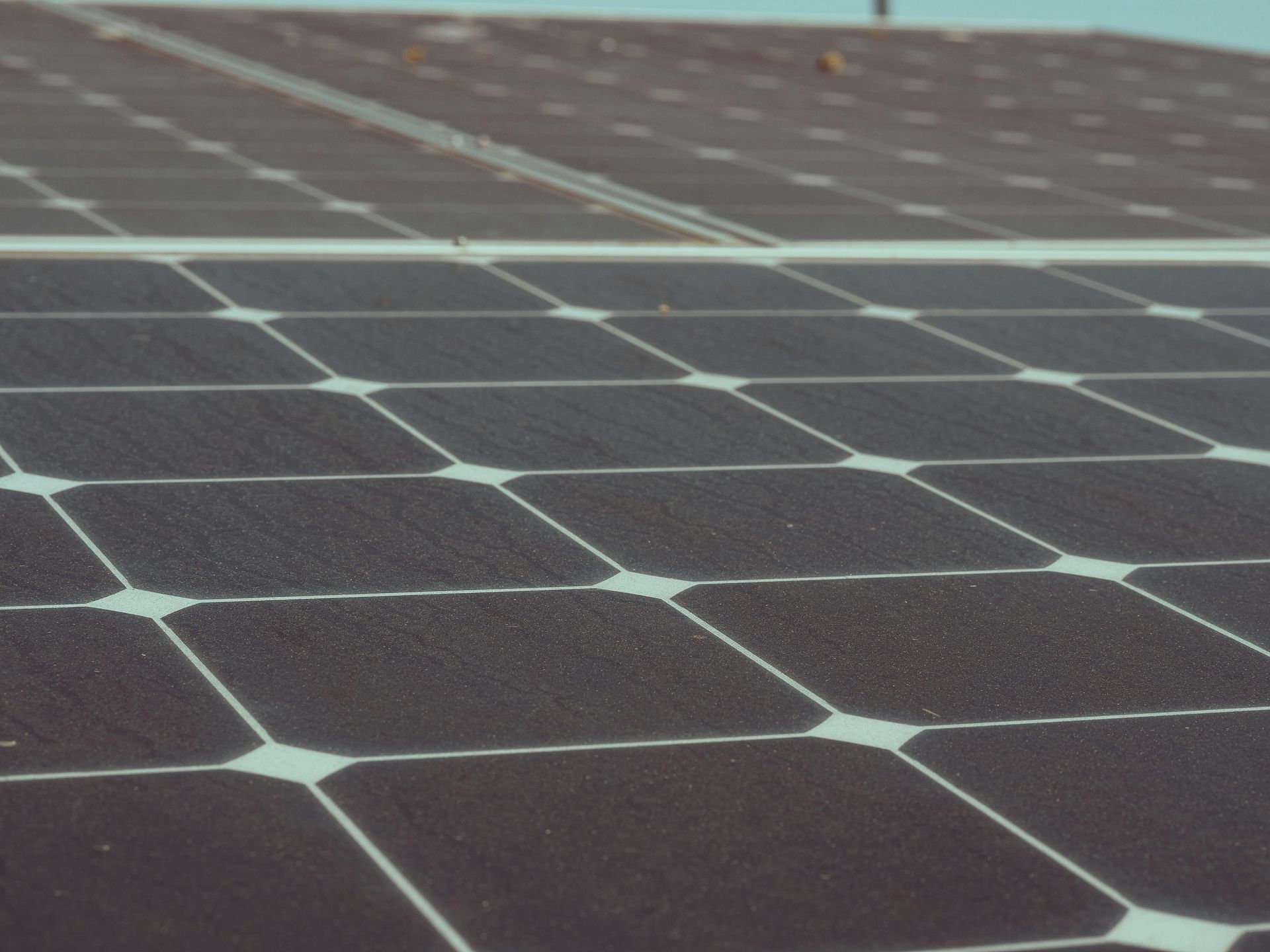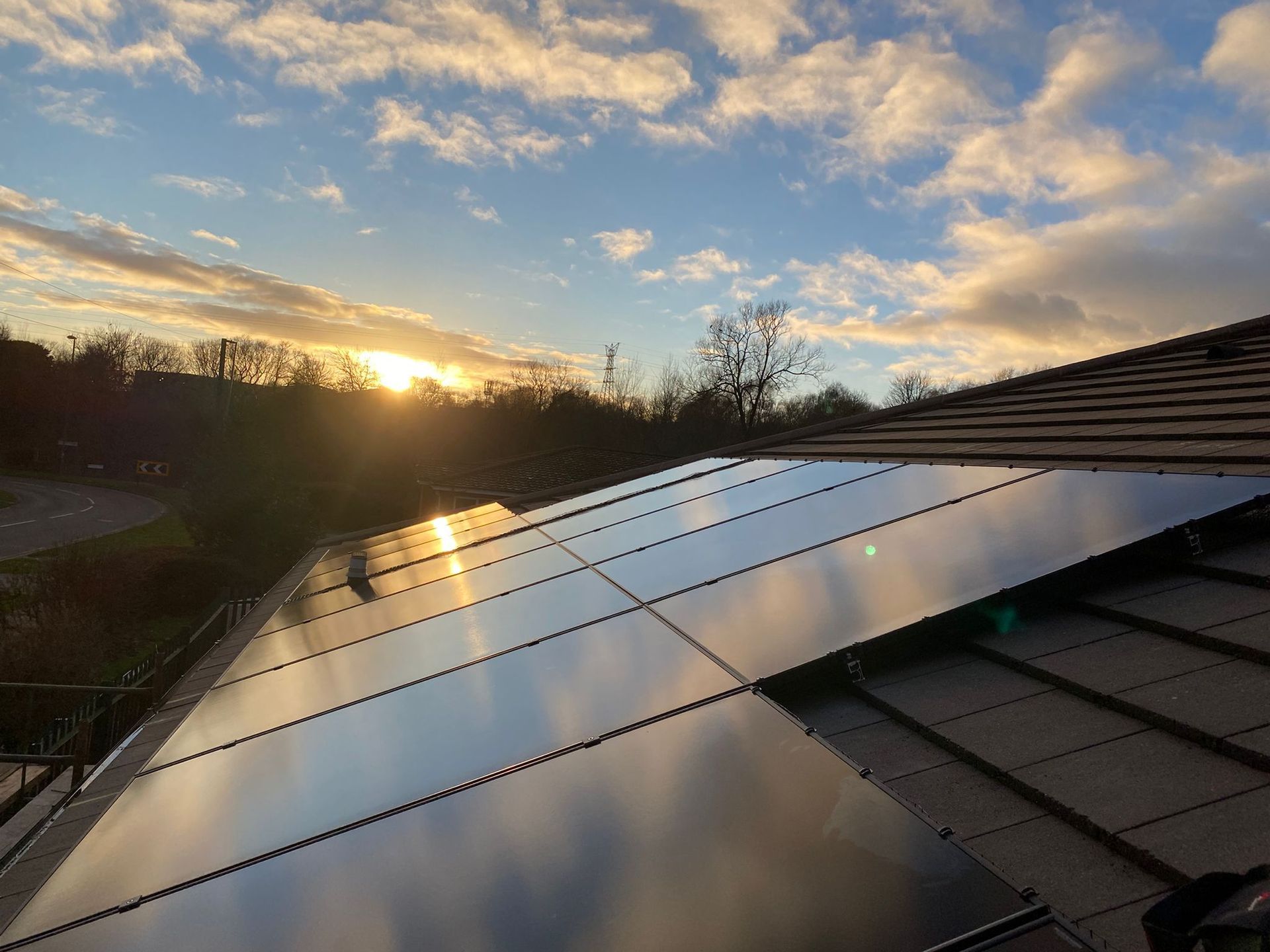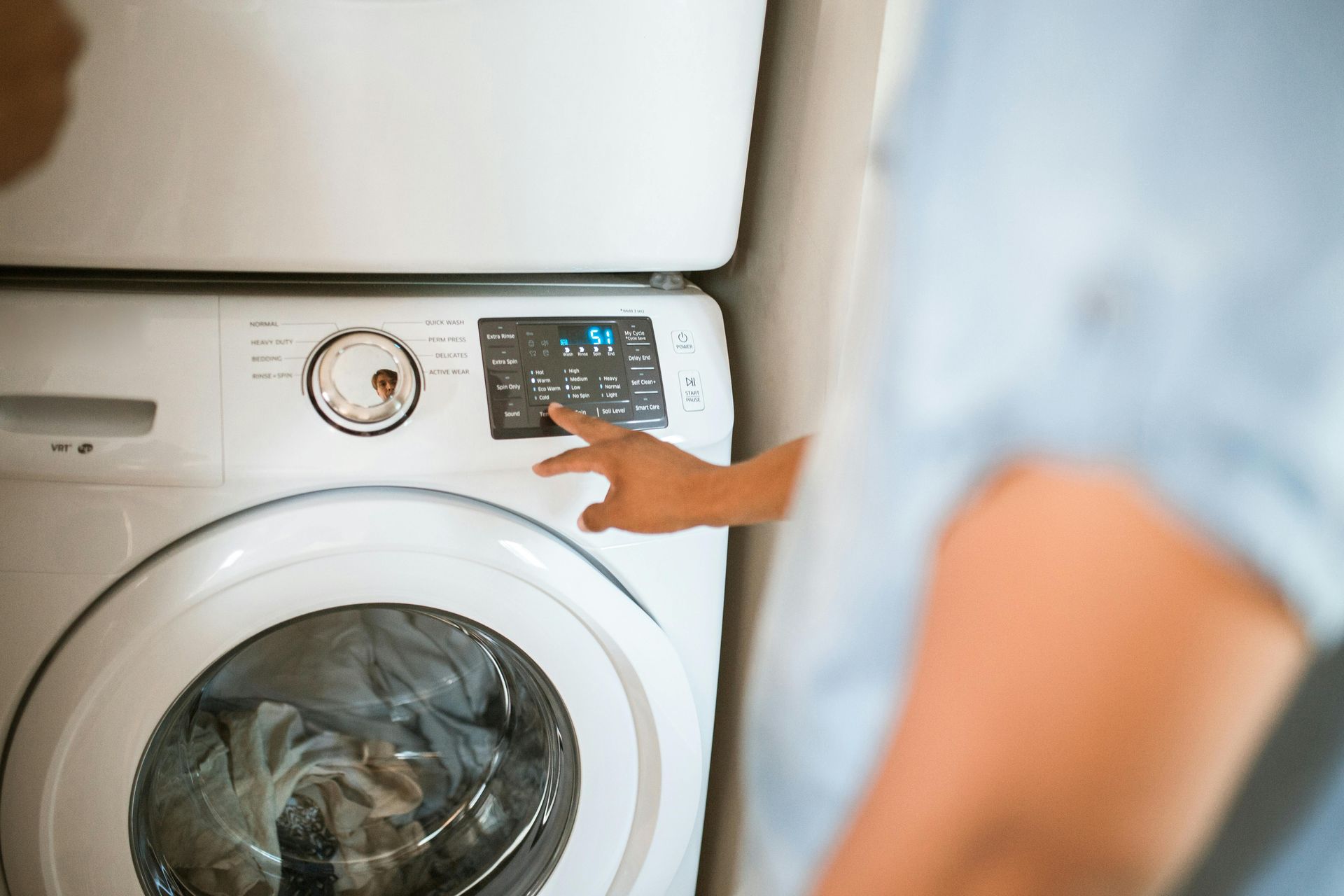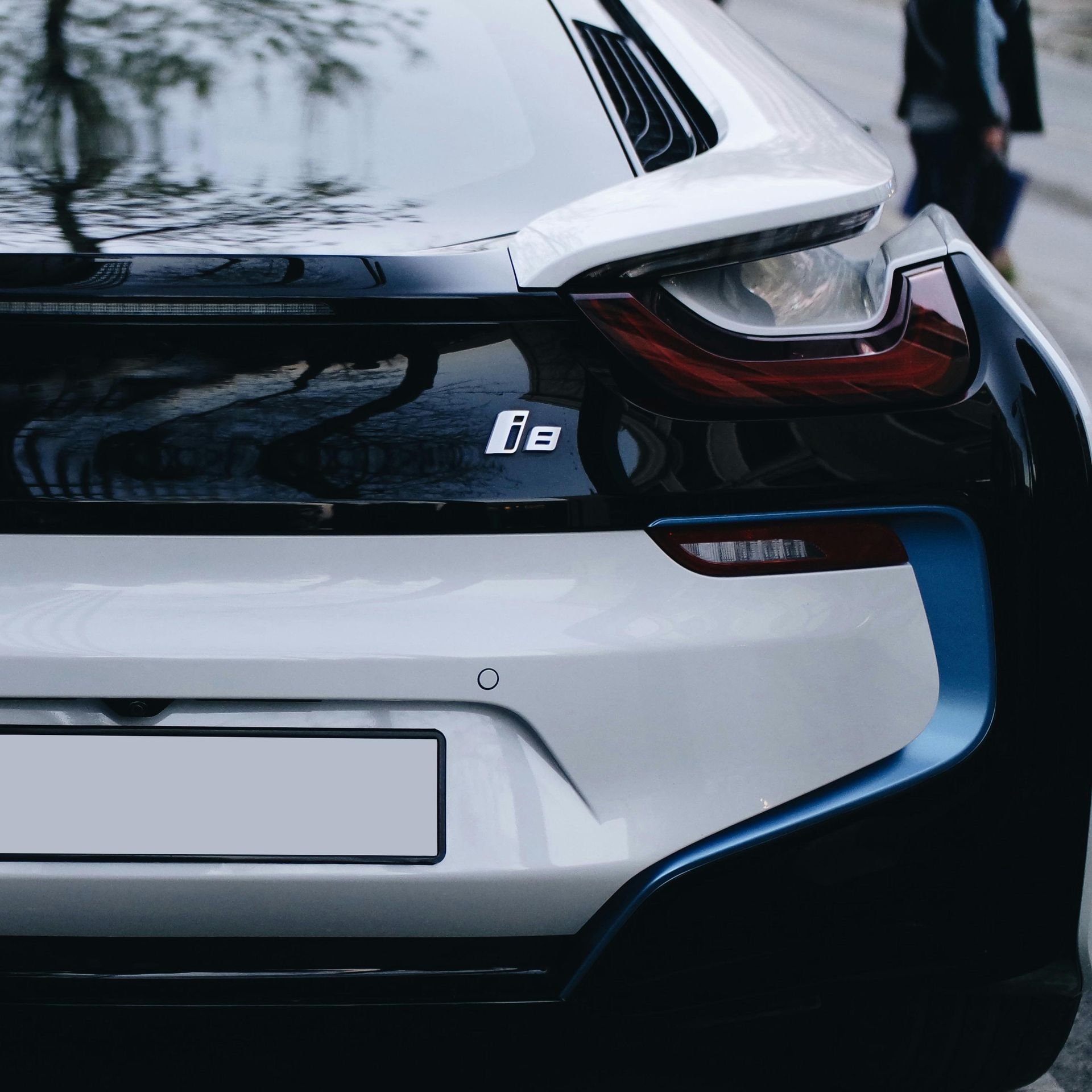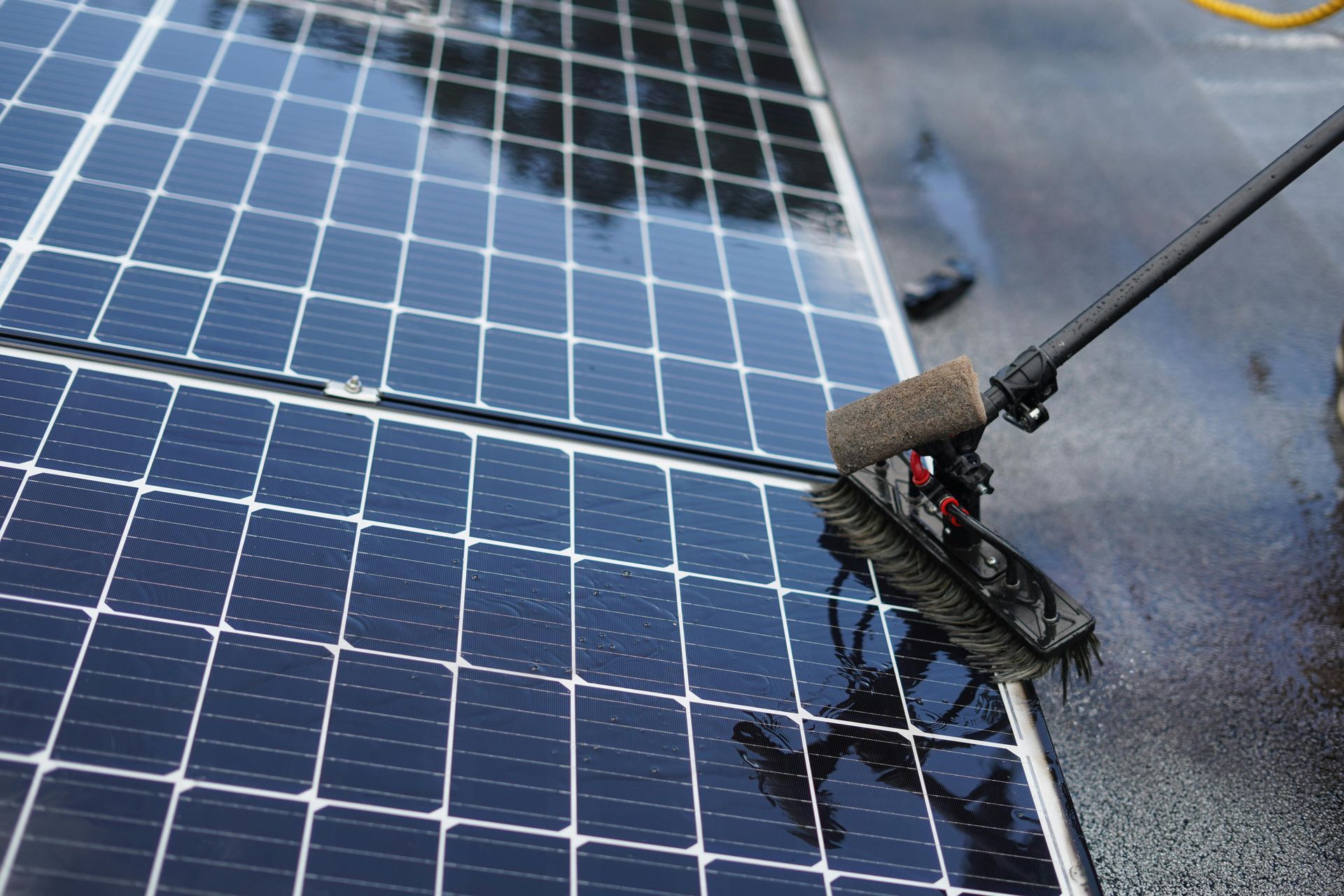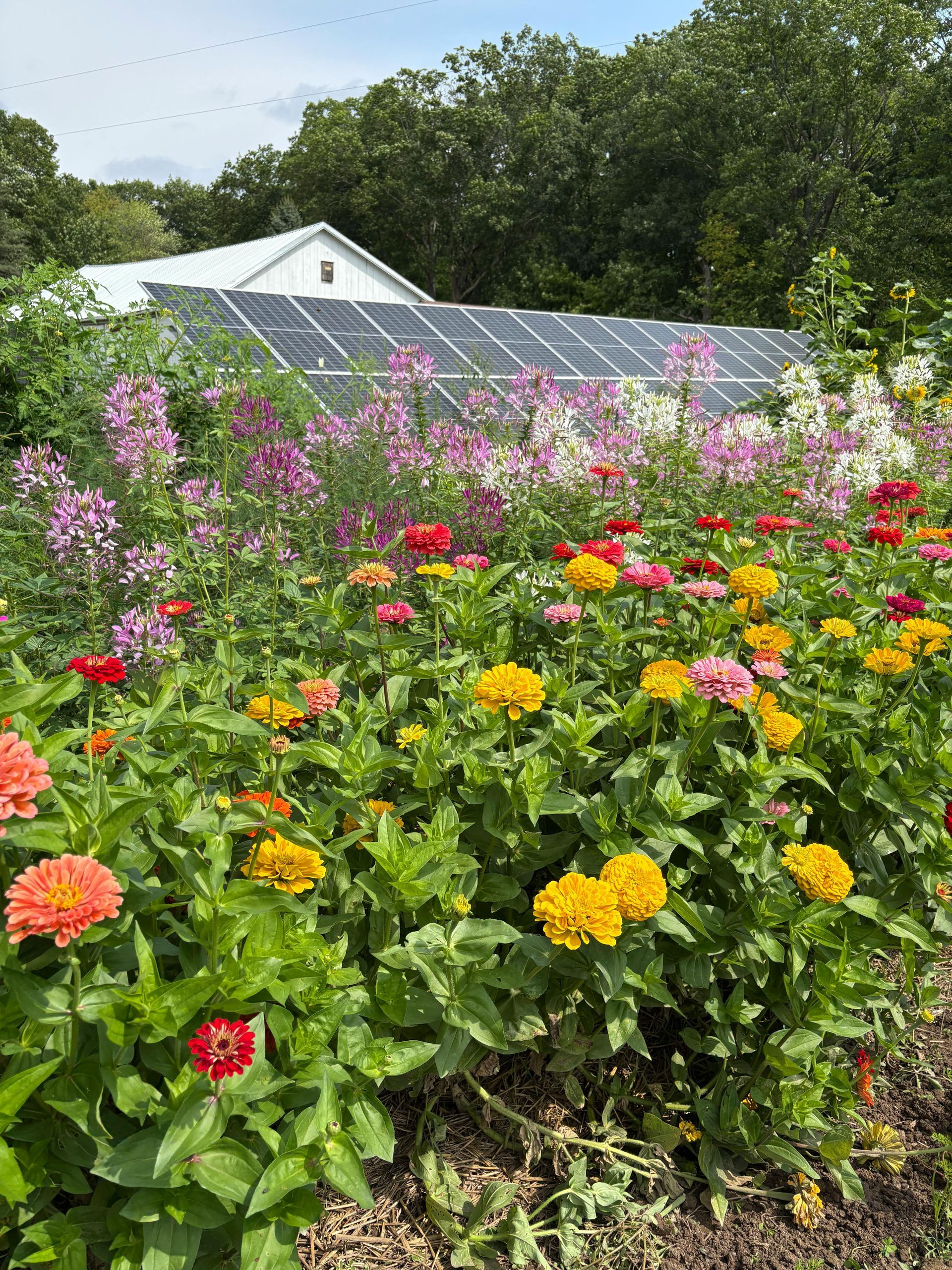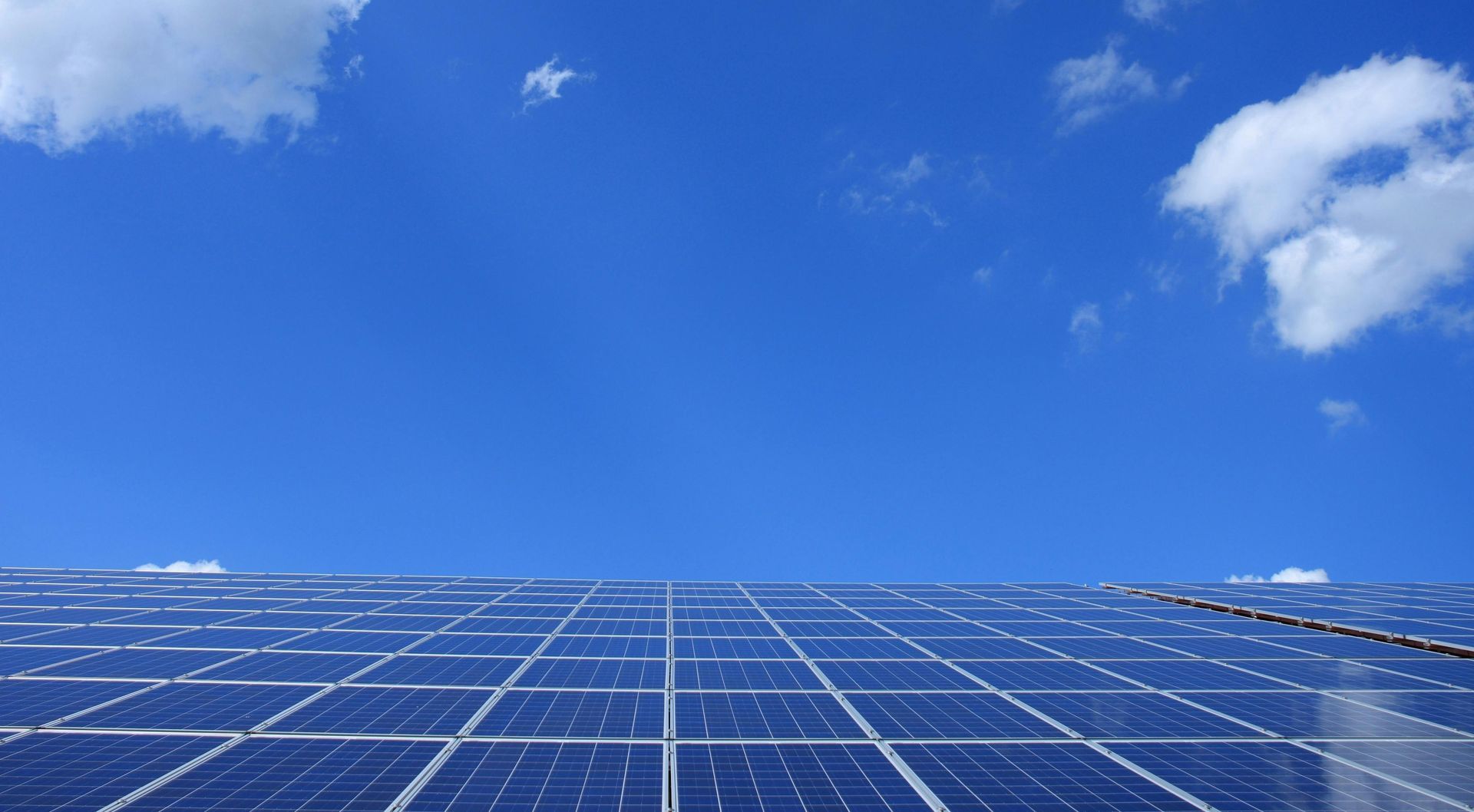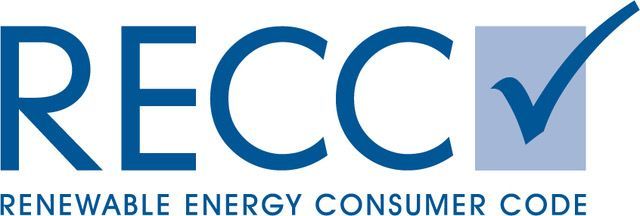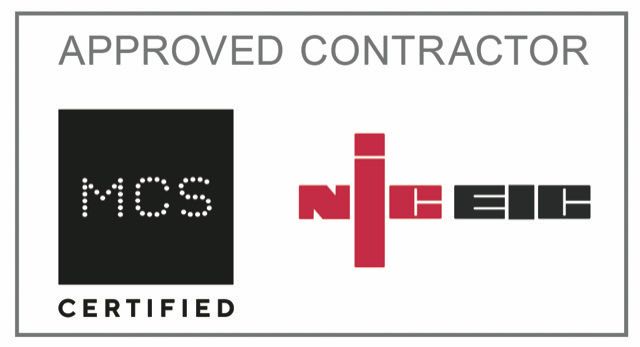Solar Panels: Is Your Roof Suitable?
Understanding The Optimal Roof Requirements
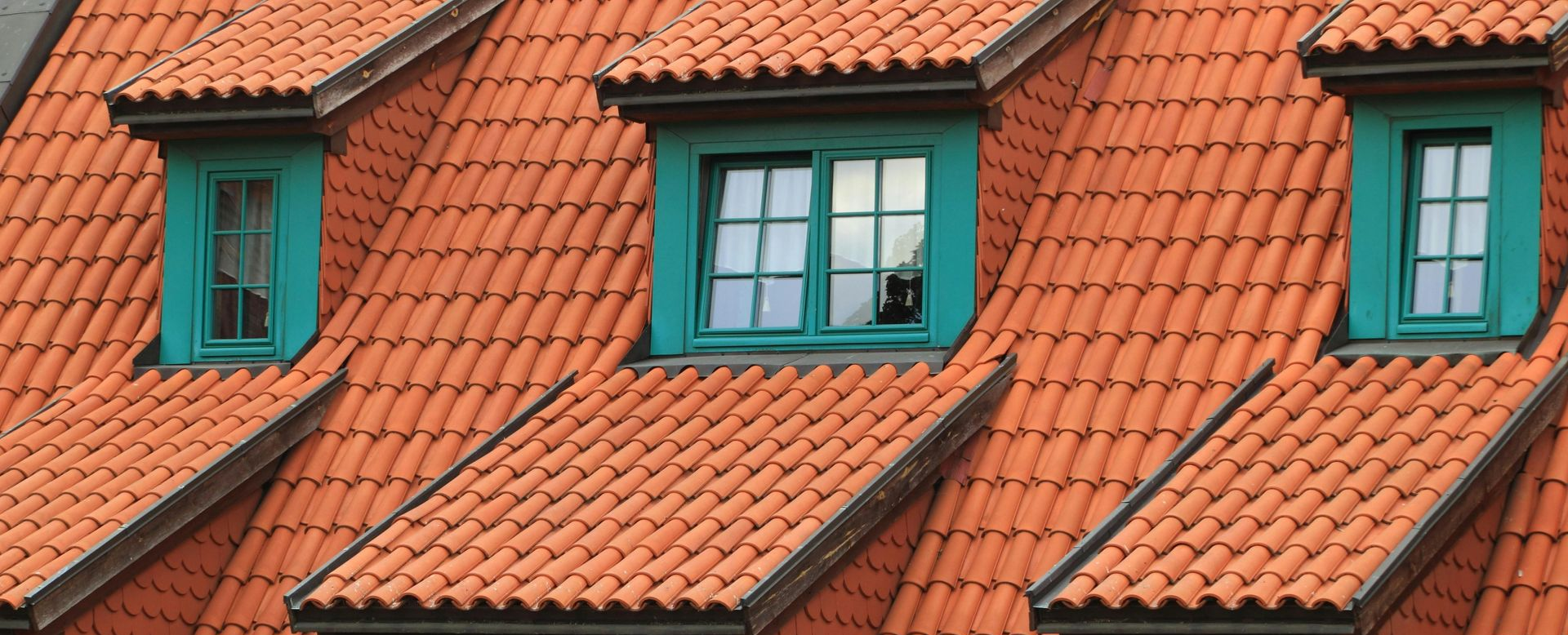
Most homeowners assume any roof works for solar panels. The truth is, your roof's angle, material, and size can make all the difference in solar panel suitability. Knowing how roof orientation for solar panels and the impact of shade on solar panels affect performance helps you avoid costly mistakes. From roof pitch for solar panels to roof condition assessment we can help you make the right choice and ultimately see if your home is suitable for solar panel installation.
Roof Orientation for Solar Panels
Your roof's direction plays a crucial role in solar panel performance. The right orientation can boost energy production, while the wrong one might leave you disappointed.
Ideal Roof Orientation
In the UK, south facing roofs are the gold standard for solar panels. They receive the most sunlight throughout the day, maximising your energy production. But don't worry if your roof isn't perfectly south facing, east and west facing roofs can still be good for solar panel installation. While they might produce about 15% less energy than south facing roofs, they can still provide significant savings on your energy bills. North facing roofs are the least suitable because they will receive the least direct sunlight, which means lower energy production. However, if you have a large, unshaded north facing roof, you don't necessarily have to rule out installing solar panels. Even if your roof isn't ideally oriented, modern solar technology has improved efficiency across all directions.
Impact of Shade on Solar Panels
Shade is the nemesis of solar panels. Even a small amount of shade can significantly reduce your system's output. Understanding the sources of shade on your roof is crucial for maximising solar panel performance.
Identifying Sources of Shade
Keep an eye on your roof throughout the day. Are there trees that cast shadows or tall buildings nearby? Even chimneys or satellite dishes can create problematic shade spots. There's the impact of seasonal changes too, for example, a tree that doesn't cause issues in winter might cast significant shade in summer when it's full of leaves. But, if you spot shade issues, don't panic. There are solutions:
- Trim trees or remove obstructions where possible.
- Use micro-inverters or power optimisers to minimise the impact of partial shading.
- Adjust the layout of your solar panels to avoid the shadiest areas.
Remember, a professional solar installer can conduct a detailed shade analysis to help you make the best decisions for your specific situation.
Roof Pitch for Solar Panels
The angle of your roof, known as its pitch, affects how much sunlight your solar panels can capture. Getting this right can boost your system's efficiency.
Optimal Roof Pitch
For the UK, the ideal roof pitch for solar panels is between 30 and 40 degrees. This angle allows panels to capture the most sunlight throughout the year. But don't worry if your roof doesn't fall within this range. Solar panels can still be effective on roofs with pitches between 15 and 60 degrees. Here's what you need to know:
- Flatter roofs (15-30 degrees): These work well in summer but may collect less light in winter. They might need more frequent cleaning as debris can accumulate more easily.
- Steeper roofs (40-60 degrees): These perform better in winter but might not be as efficient in summer when the sun is higher in the sky.
If your roof pitch isn't ideal, mounting brackets can adjust the angle of your panels for better performance. We can advise you on the best solution for your specific roof once we've carried out our initial assessment.
Roof Materials
Not all roof materials are created equal when it comes to solar panel installation. Some make the process easy, while others might require special considerations.
Types of Roof Material
- Asphalt shingles: The most common and solar friendly roof material. Installation is straightforward and cost effective.
- Metal roofs: Excellent for solar panels. They're durable and often don't require drilling for installation, which reduces the risk of leaks.
- Tile roofs: Can support solar panels but require more careful installation. Special mounting systems are often needed to avoid damaging tiles.
- Flat roofs: While not as common for homes, they can accommodate solar panels with special racking systems to create the optimal angle.
- Slate roofs: These are tricky. They're fragile and expensive to repair if damaged during installation. If you have a slate roof, you'll need a solar installer with specific experience in this area.
Before committing to solar panels, it's wise to have a roofing professional assess your roof's material and condition. They can advise on any necessary repairs or replacements before installation.
Roof Condition
The state of your roof is crucial when considering solar panels. A roof in poor condition can lead to costly problems down the line. Start by checking the age of your roof. If it's nearing the end of its lifespan (around 20-25 years for asphalt shingles), consider replacing it before installing solar panels. This saves you the hassle and expense of removing and reinstalling panels later. It's also important to generally look for signs of damage, such as:
- Missing or cracked shingles
- Sagging areas
- Water stains on your ceilings
- Daylight visible through the roof boards
If you spot any of these issues, it's highly recommended to address them before solar installation. A sturdy, leak-free roof is essential for supporting solar panels safely for decades to come. Don't forget to check your roof's structural integrity. Solar panels add weight, typically about 2-4 pounds per square foot. Most roofs can handle this, but it's worth confirming with a structural engineer, especially for older homes.
Roof Size
The size of your roof determines how many solar panels you can install and, consequently, how much energy you can produce. To calculate if you have enough space, this is what you need to do:
- Measure your roof's square footage.
- Subtract areas unsuitable for panels (around chimneys, vents, etc.).
- Divide the remaining area by 17.5 (the average square footage of one solar panel).
This gives you a rough estimate of how many panels your roof can accommodate. Most homes need between 10-20 panels for a typical 4kW system but remember, you don't need to cover your entire roof. Focus on the areas that receive the most sunlight and align this with your energy needs. If your roof is small, it's not the end of the world though. If you consider high efficiency panels then you can actually produce more energy in less space. At the initial assessment stage of solar panel installation, we can help you design a system that maximises your available roof area.
Overall, by carefully considering these factors - orientation, shade, pitch, material, condition, and size - you'll be well equipped to determine if your roof is suitable for solar panels or not. Every roof is unique, so there is no 'one size fits all' approach to this which is why it's always best to get a professional assessment for the most accurate evaluation. We work with our customers from the very first enquiry to make sure that everything is in place, correct and suitable before we even get up on a roof so if you have any questions or need more information on solar energy for your home, get in touch and we'll be happy to help.
